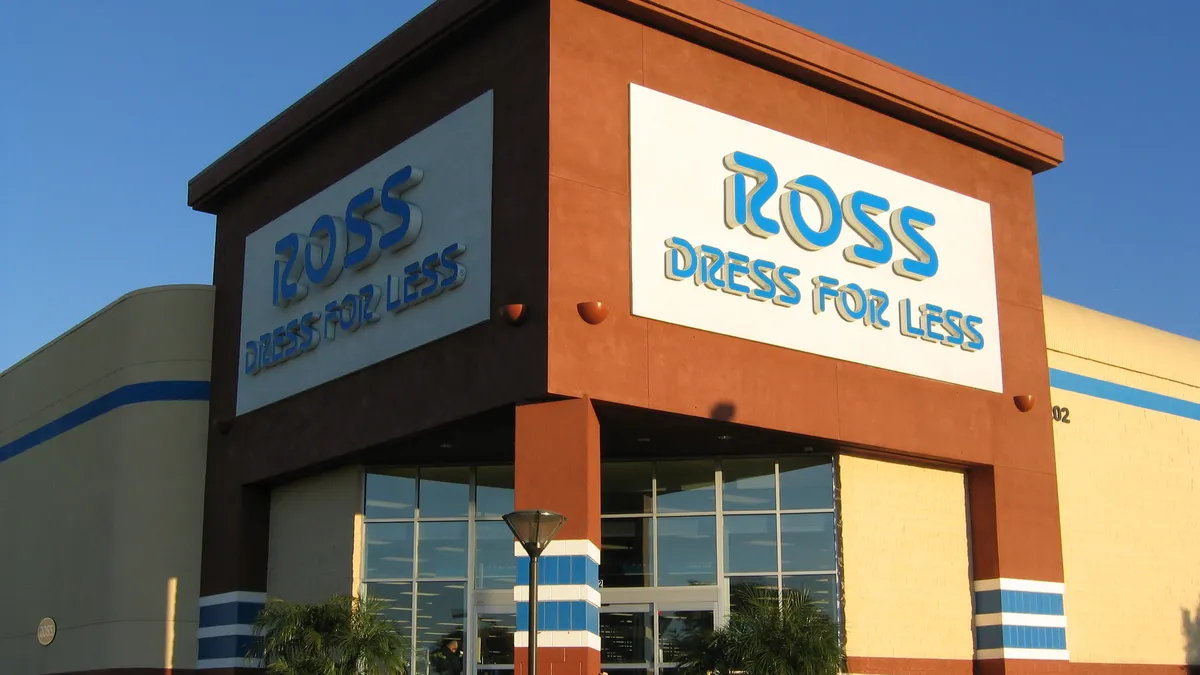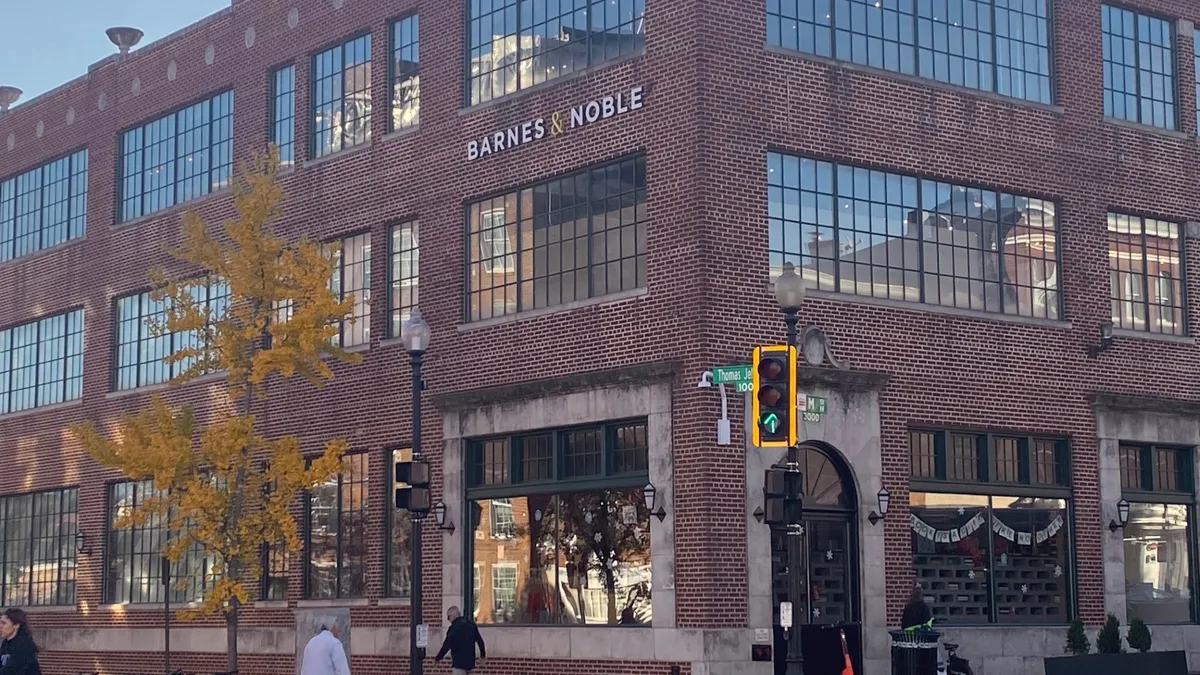Off-pricers tend to shrug off many of the challenges that roil other retailers. Their recovery from the pandemic lockdown seemed solid as the pandemic eased last year, for example.
Then, their fourth quarter performance led some analysts to warn that the first half of this year could be tough. Now, that's coming true, to a greater degree than many observers predicted. As even discounters Walmart and Target also learned during their first quarters, inflation is cutting into discretionary spending. The off-price segment's two largest players, Ross and TJX Companies, missed their own and analysts' expectations for the first quarter in several metrics.
Total company net sales at TJX rose 13% to $11.4 billion, while net sales at its U.S. banners T.J. Maxx and Marshalls, which deliver the bulk of its business, rose 3.5% to $6.9 billion. Comps at those banners rose 3%, while comps at its U.S. HomeGoods stores fell 7%, for flat U.S. comps overall. Gross profit margin contracted year over year by 0.2 of a percentage point to 27.9%; inventory was up 35%, per a TJX press release. Net income rose 10% to $587.5 million, a result that beat expectations and made up for disappointing margins.
"The continued refresh of closets and a small upswing in demand as people prepared for the spring and summer months ahead, provided a boost," GlobalData Managing Director Neil Saunders said in emailed comments following TJX's report. "There has also been some customer switching into the off-price channel as consumers react to inflation and higher prices. As positive as both these things are, they are somewhat offset by a conservative consumer who is more cautious about spending money as other costs increase."
The Ross customer appears to be particularly cautious. Net sales there in the quarter fell 4.1%, with comps down 7%. Higher wage and freight costs helped send operating margin down to 10.8% from 14.2% in 2021, CEO Barbara Rentler said in a statement. Net earnings tumbled 29%.
"The weak results are even more surprising considering TJX's much more optimistic outlook issued this week (though admittedly, TJX missed and lowered US comps as well...)," Wells Fargo analysts led by Ike Boruchow said in emailed comments this week.
Some analysts see the off-price segment regaining its footing relatively quickly. These players offer a price advantage at a time when consumers are forgoing discretionary items in order to pay for food, fuel and other necessities.
"History suggests that [Ross] fixes ops/merch issues quickly, and most peers have noted that May is already accelerating," Credit Suisse analyst Michael Binetti said in emailed comments, following a previous note on TJX stating, "Bottom line, these businesses operate much more confidently when they have closeout inventory to fuel the business, regardless of the macro."
"In short, the comedown from a stimulus-induced high is much more painful for Ross than for others."

Neil Saunders
Managing Director, GlobalData
The divergent results at Ross versus TJX suggest that inventory is key, however, some analysts said. Saunders noted that Ross's more casual styles were more in demand during the height of the pandemic, while TJX is enjoying some demand for dressier items. Further, the lack of federal pandemic-related support this year affected Ross more, he said.
"While this has affected overall aggregate demand for all retailers, the impact on Ross is sharper than for most," he said. "This is because the Ross shopper had a predilection to spend a greater amount of their stimulus check on products, including apparel. In short, the comedown from a stimulus-induced high is much more painful for Ross than for others."
The distinct Ross and TJX audiences are now resulting in different outcomes for each retailer as inflation takes a bite out of household budgets.
"There is a clear distinction between Ross and TJX customers," BMO Capital Markets Managing Director Simeon Siegel said by email. "Although Ross sells cheap clothing, TJX sells 'expensive' clothing cheap. Additionally, lower income shopper pressure disproportionately impacts Ross."
TJX executives this week told analysts that its stores in higher-income neighborhoods fared best in the quarter, according to a Seeking Alpha transcript, suggesting that wealthier consumers are drifting from department stores to off price, according to analyst Jane Hali. That continues department stores' market share loss to off-price, although even many in higher income brackets who do shop are likely to be more cautious, she said by phone. And it means that retailers must have the merchandise that people are willing to buy. For off-price, that means more name brands, another TJX strong suit.
"The customer is really cutting back and it's a squeeze on discretionary items, especially from the low-end customer," Hali said by phone. "I don't think it's short-lived. I think that we are going through a major trend of having a lot of problems."





















